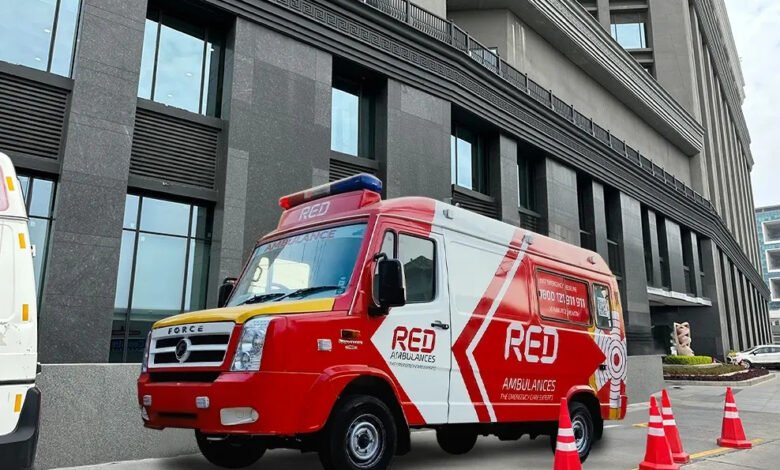The Role of Ambulance Services in Natural Disasters and Large-Scale Emergencies

Natural disasters and large-scale emergencies can strike unexpectedly, leaving behind widespread devastation and chaos. In such scenarios, the role of ambulance services becomes crucial in saving lives and ensuring that critical medical care reaches affected populations. These services operate as the frontline responders, transporting injured individuals to hospitals and providing essential medical care on-site.
Ambulance Services as First Responders
In the immediate aftermath of natural disasters like earthquakes, floods, or hurricanes, traditional healthcare infrastructure may be severely disrupted. Hospitals may be damaged, roads may be blocked, and communication lines may be down. This is where ambulance services, particularly emergency ambulance services, play an essential role. Equipped with life-saving medical equipment and staffed by trained paramedics, these ambulances are often the first to arrive at disaster scenes.
Emergency ambulance services not only transport patients but also provide immediate care such as oxygen support, defibrillation, and wound management. These services are typically managed by government agencies, local authorities, and non-profit organizations, working together to ensure a coordinated and effective response.
Private Ambulance Services: An Essential Complement
During large-scale emergencies, private ambulance services become an invaluable complement to public healthcare systems. These services can quickly mobilize additional resources, including medical personnel and advanced ambulances, to meet the overwhelming demand. In some cases, private ambulances are better equipped with specialized equipment, allowing them to handle critical cases that require advanced life support.
In times of crisis, private ambulance services often collaborate with emergency services, offering flexibility and rapid deployment. They can be particularly effective in evacuating vulnerable populations such as the elderly, children, or individuals with chronic conditions who need immediate medical attention but may not have access to public services.
Coordination and Communication in Large-Scale Emergencies
A well-coordinated effort between ambulance services and other emergency responders such as fire departments, police, and rescue teams is critical during large-scale emergencies. Effective communication is key in ensuring that ambulance services are dispatched to areas of greatest need and that patients are transported to appropriate medical facilities.
Technology plays an increasingly important role in this coordination. Many ambulance services use advanced GPS tracking and real-time communication tools to optimize routes, reducing response times even in challenging environments. In disaster zones where roads are inaccessible, air ambulances may be deployed to transport critically injured individuals to hospitals, further highlighting the adaptability and scope of ambulance services in such situations.
The Role of Community and International Assistance
Large-scale emergencies often require assistance beyond local capabilities. International aid agencies, foreign governments, and non-profit organizations may provide additional resources, including ambulances and medical teams. These external support systems help local ambulance services manage the surge in medical emergencies while ensuring that timely care is delivered to affected populations.
In some cases, emergency ambulance services are part of a broader humanitarian response that includes disaster relief efforts such as providing clean water, shelter, and food. The coordination between different agencies ensures that affected areas receive comprehensive assistance, which is crucial for both immediate rescue efforts and long-term recovery.
Conclusion: The Lifesaving Role of Ambulance Services
Ambulance services, both public and private, are indispensable during natural disasters and large-scale emergencies. Their ability to deliver critical care under pressure, often in hazardous conditions, ensures that lives are saved and communities have a chance to recover.
In times of crisis, organizations like RED.health stand out by providing seamless, efficient, and highly responsive ambulance services. Whether it’s through emergency, private, or specialized care, RED.health is committed to ensuring that critical medical support reaches those in need, helping to mitigate the devastating effects of natural disasters and large-scale emergencies.

